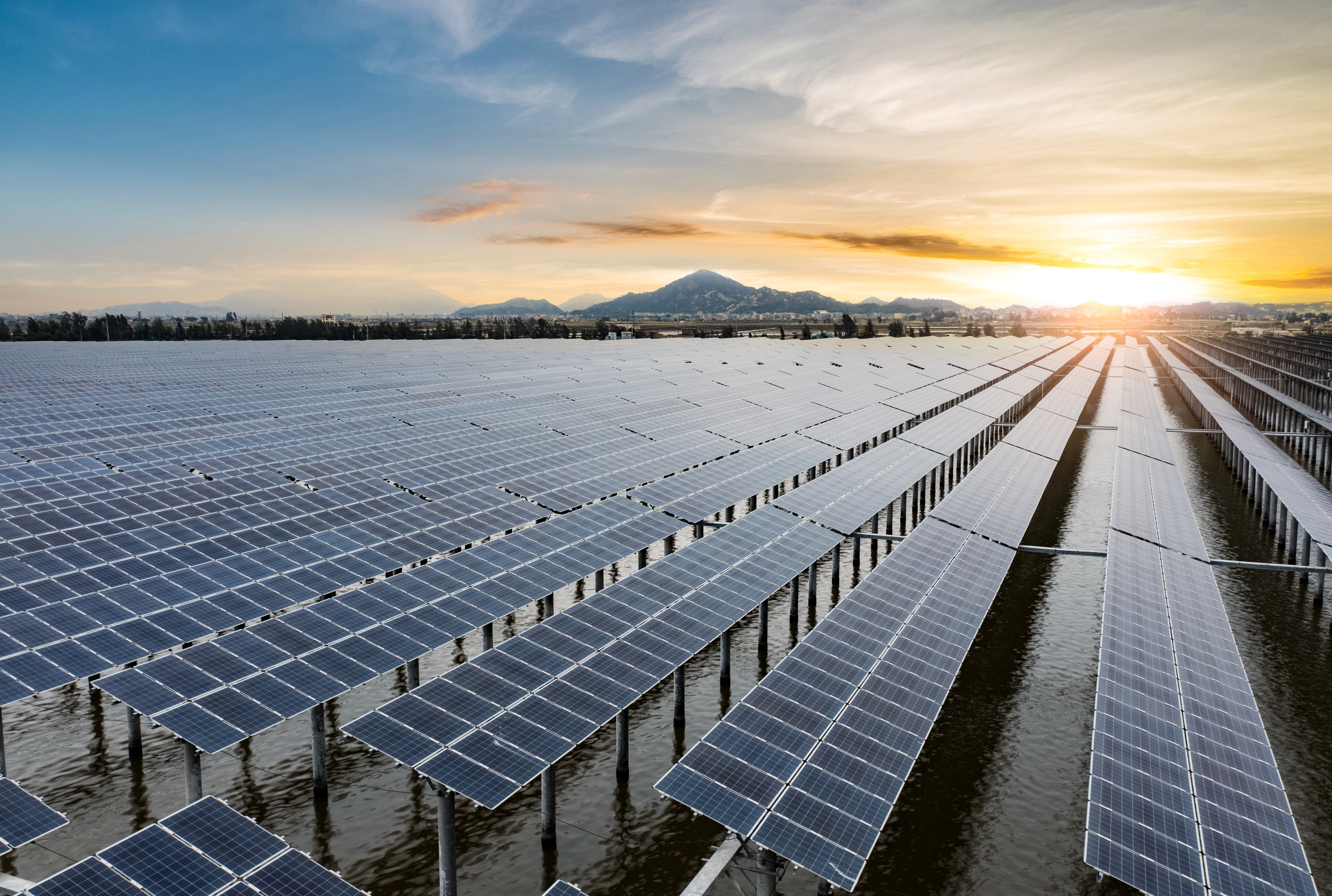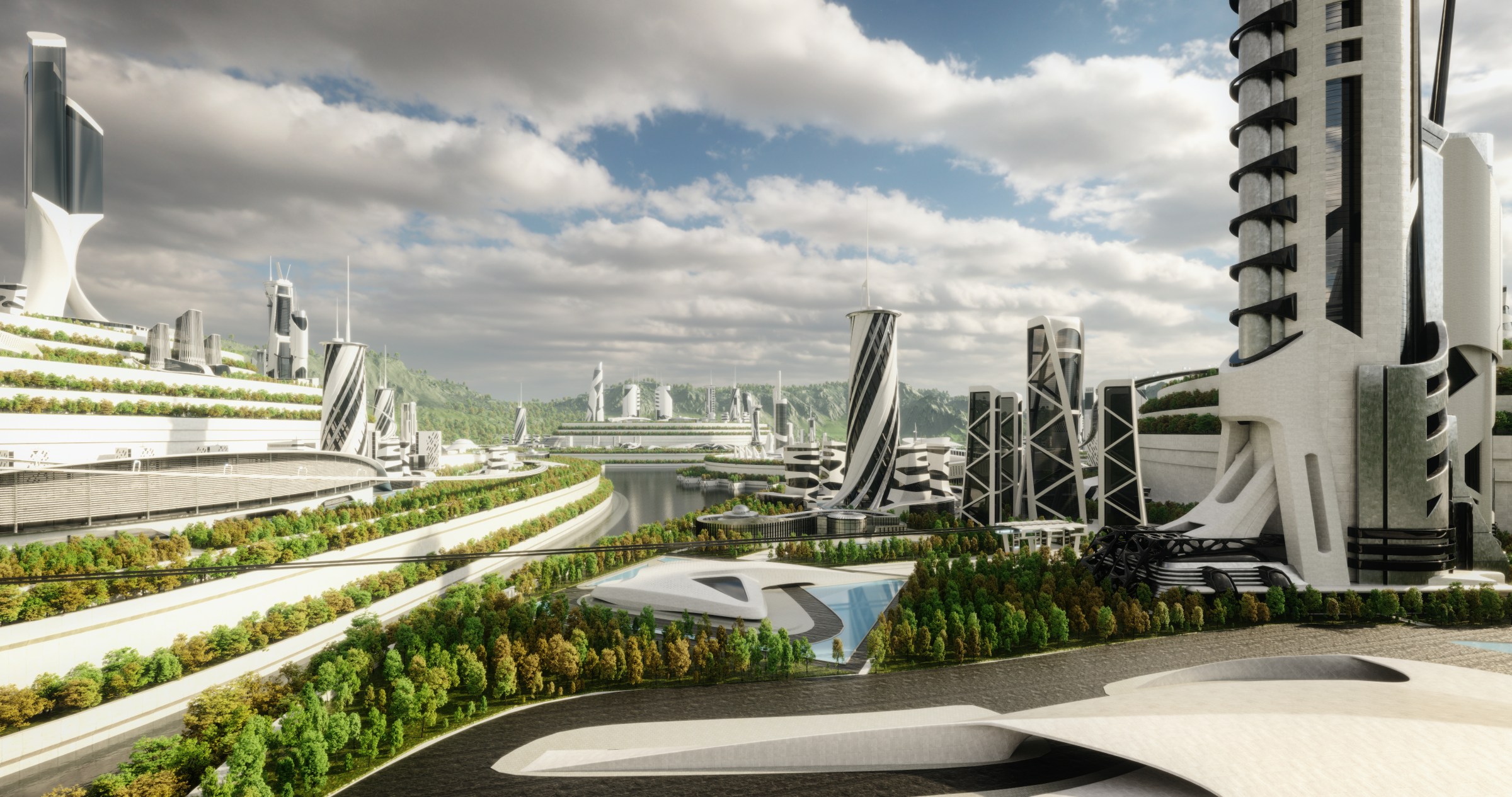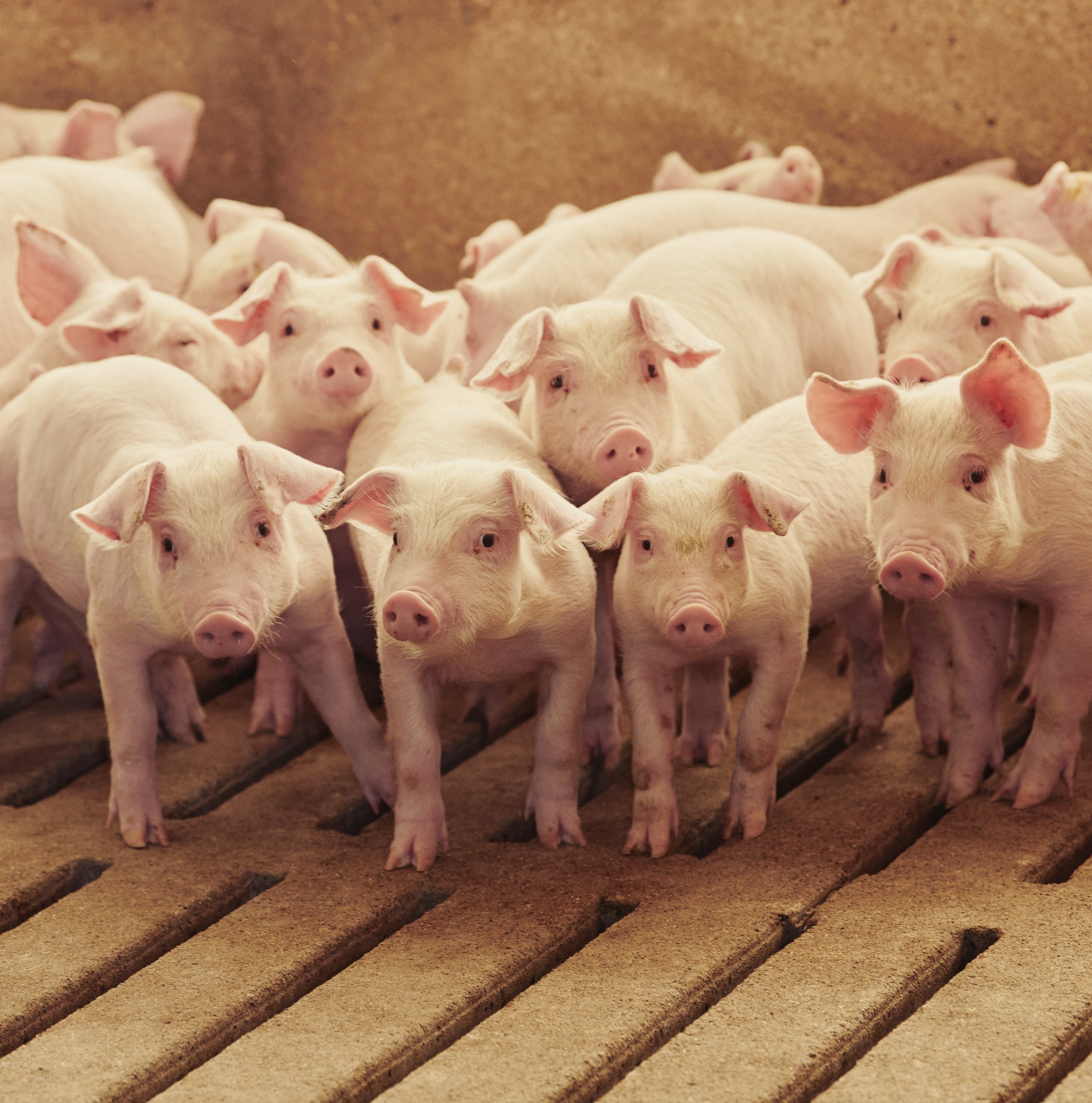Do you believe life really is better now than it used to be, no matter what the headlines say? Do you believe life in the future could be much, much better, if we simply remove the brakes that society has put on science and technology and enterprise? Do you want to build, build, build, whether that’s a house in a coastal city, a nuclear energy startup, or a colony on Mars?
In that case, my friend, you are part of the progress movement. And I have just returned from a summit of your people.
How progress creates its own obstacles
The world really is getting better. So why don’t people believe it?


Sign up here to explore the big, complicated problems the world faces and the most efficient ways to solve them. Sent twice a week.
I spent last weekend at a fascinating two-day conference put on by the Roots of Progress Institute in Berkeley, California. Founded and led by Jason Crawford, a writer and thinker (and past Future Perfect 50 honoree), Roots of Progress aims to build the intellectual foundation of what Crawford has called “a new philosophy of progress for the 21st century.” The conference was a chance for a few hundred people in the movement to meet, mingle, and plot how to create a future that would presumably look like this:
I’m not much of a joiner, which is half the reason I became a cynical journalist, but I should say upfront that I am highly sympathetic to the progress movement’s goals. I do believe — from health to wealth to safety to human rights — life today overall is unimaginably better than before. (And if you don’t believe me, go read Our World in Data.) I believe the doomers are wrong, and that our future could be better still, provided we make the political and personal choices to unlock growth. Fitter, happier, more productive — to me that’s a worthy goal for humanity, not just the Radiohead song with the scary robot voice.
In part because of its Bay Area orientation, the progress movement sometimes gets tagged as sci-fi utopians who are overly focused on frontier technological innovation. And while I love a talk on fusion energy as much as the next Star Trek geek, what I saw in Berkeley was a movement with aspirations much broader than just technological moonshots.
There was Our World in Data’s Saloni Dattani (another Future Perfect 50 honoree), giving a talk on how we could save millions of lives — most in the Global South — by accelerating the timeline for trials of new vaccines and drugs. There was the Institute for Progress’s Alec Stapp (same here) getting everyone excited about how rapid the solar energy revolution has been, and how much faster it could get. Nor is it merely the high-tech: Discoveries and policies that made cars safer and took lead out of the environment are evidence of progress as well.
You don’t have to buy into some of the wilder ideas — artificial wombs, anyone? — to see that scientific and economic progress have made human life on balance much better than before, and that it makes sense to study why progress occurred in the past and how we can make it more likely in the future. Because it doesn’t just happen of its own accord, and for most of human history, it didn’t happen at all. As Harvard psychologist Steven Pinker said in his opening keynote: “Progress is an unusual state of affairs. It is not the default.”
A prerequisite to supporting policies that make progress more likely in the future is accepting that progress has happened — that human choices and discoveries have made life meaningfully better, and that they can continue to do so. Given the wealth of evidence that this is so, who would doubt it?
As it turns out, many people.
Progress and its enemies
As fascinating as the talks on biotech breakthroughs or artificial intelligence policy were, the most important questions raised at the conference were not technological, but psychological. Given the clear evidence of past progress on major indicators like life expectancy or per-capita GDP — progress which, for the most part, has continued to this day — why are so many people convinced life is getting worse? Why won’t they just read the graphs?
I don’t think it takes a lot of convincing to see we are not in what you would call an optimistic age. The US is less than two weeks away from an election that has been defined largely by fear and negativity. Even though the US economy is, especially compared to the rest of the world, real good, nearly half of Americans rate it as “poor.” The percentage of voters who view the economy as their top concern is almost as high as it was in 2008 — a year you might recall marked the onset of the worst global recession since the Great Depression.
Looking forward, we seem to be even more scared and pessimistic. The day before the conference began, the journal Lancet Planetary Health published a study that surveyed nearly 16,000 young people in the US on their attitudes about climate change and found that 62 percent agreed with the statement “humanity is doomed.” That is not hopeful, both on its face and for what it implies about how the next generation views its future.
In fact, you could argue that the biggest evidence against the narrative of progress is all in our heads. The US economy has not in fact gone down the tubes, and we are, in fact, making real progress on cutting carbon emissions — but there is no doubt that measures such as happiness and deaths of despair have worsened in the US. If material measures have been mostly getting better all the time, why do so many of us refuse to believe it — and are generally so miserable?
Here’s one possibility: It’s my fault.
Am I the baddie?
By me, I mean the media, the institution to which I’ve devoted my professional life. Time and again during the conference, I heard versions of the following argument: The media’s obsession with negative stories and default cynical position lead people to believe the world is much worse than it actually is. It got to the point where I simply began introducing myself to people with something like, “I’m from the media, and I’m the reason you don’t have the progress you want.”
To be clear, it’s not not true! As my colleague Dylan Matthews wrote in March 2023, the media does evince a clear negativity bias, one that seems to have gotten worse. We pay far more attention to short-term downward trends — say, the spike in violent crime seen during and immediately after the pandemic — than longer-term trends that skew positive. We write far more about what people get wrong than what they get right. We can even turn good news into bad news:
Future Perfect was founded in part to counter those tendencies. It doesn’t mean we put a big happy face on all of our coverage; rather, we try to identify the problems that are truly important, which includes substantial problems the media too often ignores because they don’t make for good headlines (like the millions of people in the Global South who still die because of preventable diseases or our failure to learn the lessons of past pandemics). But we do try to recognize, and even celebrate, progress when it happens. It’s still an uphill battle in the media overall, however.
But there’s one thing these media critiques tend to leave out: the role of the audience. I’ve been working in more or less mainstream media for nearly 25 years, and one of the biggest changes over that time is that we have a far more granular understanding of what our audience responds to. And I can tell you audiences respond much more strongly to negative stories and negative headlines than they do to positive ones. And the media, like all businesses, responds to its customers.
This shouldn’t come as a surprise. Humans, and not just members of the media, have a well-demonstrated negativity bias. Combine that with the recency effect — our tendency to overly focus on the newest information and events — and you have a population that is highly sensitive to any recent changes that can be construed as negative.
Which offers one more reason for why the progress movement is so hard to believe in for so many people: progress itself.
Progress creates its own counterforce
Here’s what the growth of the global economy looked like over the last 2,000 years:
But if you looked at only the last 10 years, you’d see a much less steep line. And that’s the problem. Humans, as Pinker said in his talk, are much more sensitive to the slope of change than we are to absolute levels — meaning, our emotions respond to our perception of what has recently changed. We are not naturally long-term thinkers, either forward or backward.
What that means is that as progress has raised our general standard of living — lengthening our lives, making us richer, diminishing the violence that used to be an ever-present part of human life — it has also raised the bar for itself. And the higher that bar gets, the more the low-hanging fruit of progress is plucked, and the harder it is to keep meeting that bar.
Like so much else, you can see that process playing out in fast-forward in China. Thanks in part to regular double-digit levels of growth in the decades that followed economic liberalization — plus the very recent memory of total destitution — China’s population not too long ago was one of the most optimistic in the world. They had experienced life getting better, and they expected it to keep getting better.
But more recently, as economic growth has slowed, the Chinese have turned, as one recent paper put it, “from optimism to pessimism.” The percentage of people expressing pessimistic views about their economic prospects five years into the future rose from 4.4 percent between 2004 and 2014 to 16.6 percent in 2023. Compared to their grandparents, anyone in China today is almost certainly wildly better off, at least economically. But as those improvements plateaued, the public’s expectations curdled.
To put it in Silicon Valley terms that many of the progress conference attendees would be familiar with: The flywheel is broken. Progress improves life, which leads to raised expectations that more difficult for progress to meet. That helps turn people pessimistic, which can lead them to question whether progress is happening at all. Even worse, that pessimism undercuts the kind of optimism about the future that you need to lay the foundations for more progress.
It will not be easy to solve this, especially when you consider the way divided politics and the landmines of veto points embedded in our political system make transformational change so difficult to achieve. But I wouldn’t be at least progress movement-adjacent if I didn’t have a little hope for a better future. An effort to better understand how progress has happened is the first step to making it fully real once again.












